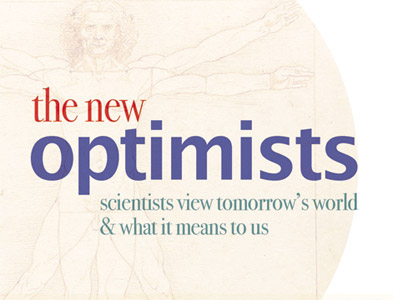Most humans, like other primates, are highly visual animals. Sounds, however, is an important sensory input to how we ‘see’ and navigate our lives. And too much noise,we become disorientated, anxious, even angry — and with due cause, as it can damage our hearing irreparably.
 But by sticking to the current paradigm of noise control, says Dr Rebecca Cain, we’re actually missing a trick. What’s desirable in our soundscapes has had little impact on quantitative engineering acoustics. Intriguingly, it seems it’s not really the sound itself that people respond to, but what that sound represents.
But by sticking to the current paradigm of noise control, says Dr Rebecca Cain, we’re actually missing a trick. What’s desirable in our soundscapes has had little impact on quantitative engineering acoustics. Intriguingly, it seems it’s not really the sound itself that people respond to, but what that sound represents.
Dr Cain is a Senior Research Fellow in the Experiential Engineering Group, in Warwick Manufacturing Group at the University of Warwick.
 Originally trained as an industrial designer, she now works across multi-disciplinary teams to connect engineering to real people. Her research interests are in how humans’ subjective reactions to products and environments can be communicated in a meaningful way to scientists and engineers.
Originally trained as an industrial designer, she now works across multi-disciplinary teams to connect engineering to real people. Her research interests are in how humans’ subjective reactions to products and environments can be communicated in a meaningful way to scientists and engineers.
Applications from her research are in urban soundscapes, automotive design and healthcare environment design.










 Professor Gemma Calvert is the Chair of Applied Neuroimaging at the
Professor Gemma Calvert is the Chair of Applied Neuroimaging at the 